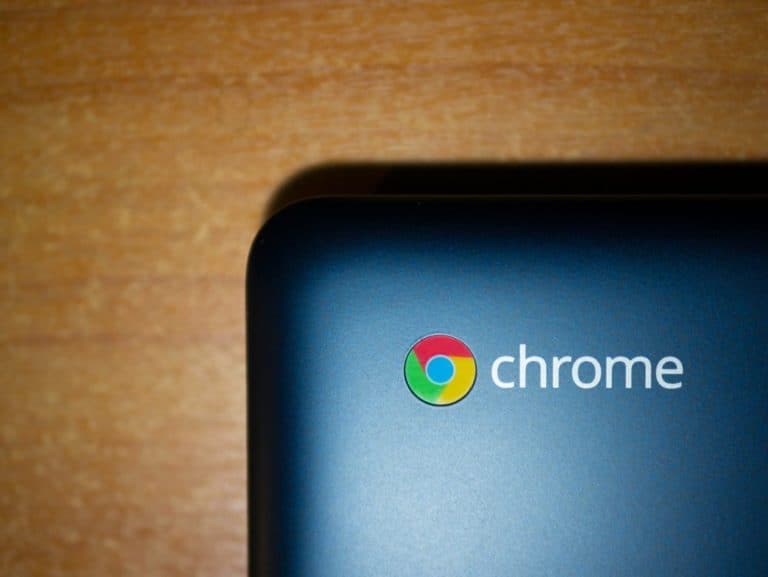Chrome OS will soon block all attempts to access a device via a USB device, or to change settings when the screen is locked. It is one of the new steps taken by Google to protect Chromebooks from certain types of physical access attacks.
The new function is called USBGuard and blocks all access to the USB input as soon as the screen of a device is blocked. The function is according to a Chrome OS source code committee spotted by the site Chrome Story, currently available within Chrome OS Canary builds. The expectation is that it will soon come to a stable version of Chrome OS. Once that happens, users can enable the feature by adjusting this Chrome OS flag: chrome://flags/#enable-usbguard.
Turning off USB input
The measure works quite simply. The operating system simply cannot read or run a code if a USB screen is attached to the device and the screen is locked at that time. In this way, Chromebooks are once again protected against attacks in an additional way.
Rubber Ducky-like attacks are therefore no longer possible. These are attacks carried out with a USB device that, once plugged into a computer, mimics the operation of a keyboard. Next, all kinds of commands are executed that have a negative influence on the operation of the devices.
Variants such as BadUSB, PoisonTab, USBdriveby and USBHarpoon achieve similar effects and are on the Internet. This allows anyone to build their own USB-based tool that enables malware attacks. Anyone with malicious intent can then access the device of a person who is briefly absent.
Most attacks can also be prevented from Google without this kind of extra measures by turning off the USB input. This is basically what Google does, by giving Chromebook owners the option to turn off the USB input completely while they are away. Apple did something similar within iOS.
This news article was automatically translated from Dutch to give Techzine.eu a head start. All news articles after September 1, 2019 are written in native English and NOT translated. All our background stories are written in native English as well. For more information read our launch article.